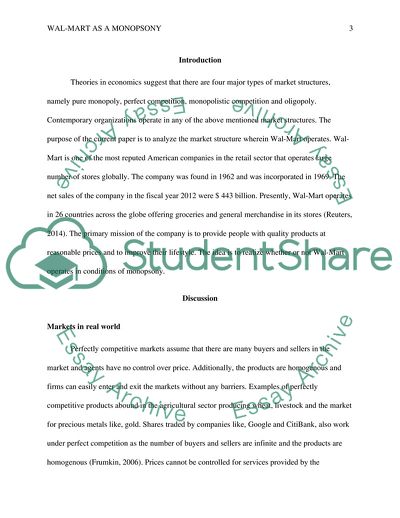Cite this document
(Is Walmart a monopsony and does it have monopsony power Term Paper, n.d.)
Is Walmart a monopsony and does it have monopsony power Term Paper. https://studentshare.org/macro-microeconomics/1835038-is-walmart-a-monopsony-and-does-it-have-monopsony-power
Is Walmart a monopsony and does it have monopsony power Term Paper. https://studentshare.org/macro-microeconomics/1835038-is-walmart-a-monopsony-and-does-it-have-monopsony-power
(Is Walmart a Monopsony and Does It Have Monopsony Power Term Paper)
Is Walmart a Monopsony and Does It Have Monopsony Power Term Paper. https://studentshare.org/macro-microeconomics/1835038-is-walmart-a-monopsony-and-does-it-have-monopsony-power.
Is Walmart a Monopsony and Does It Have Monopsony Power Term Paper. https://studentshare.org/macro-microeconomics/1835038-is-walmart-a-monopsony-and-does-it-have-monopsony-power.
“Is Walmart a Monopsony and Does It Have Monopsony Power Term Paper”. https://studentshare.org/macro-microeconomics/1835038-is-walmart-a-monopsony-and-does-it-have-monopsony-power.


